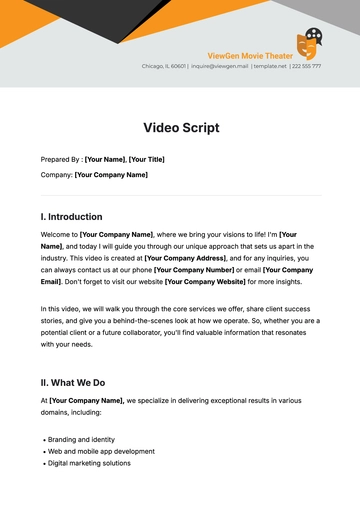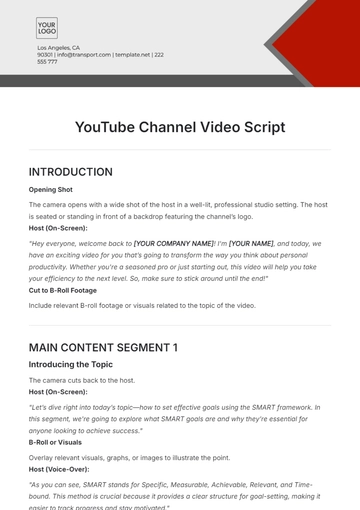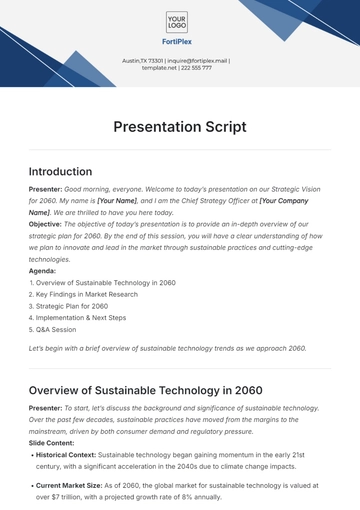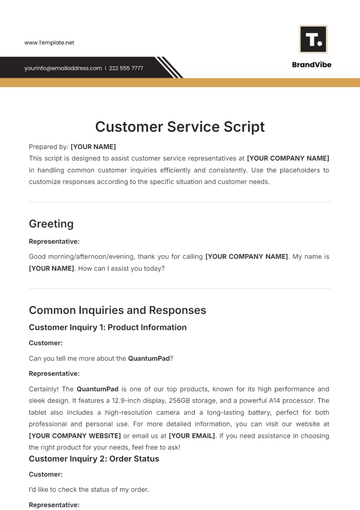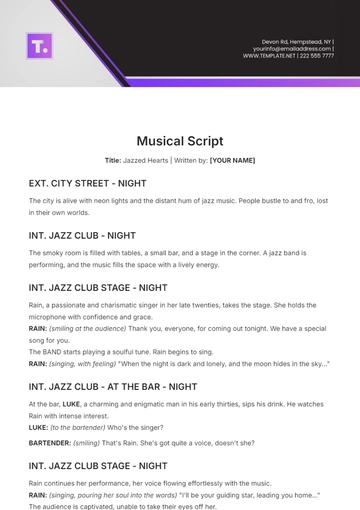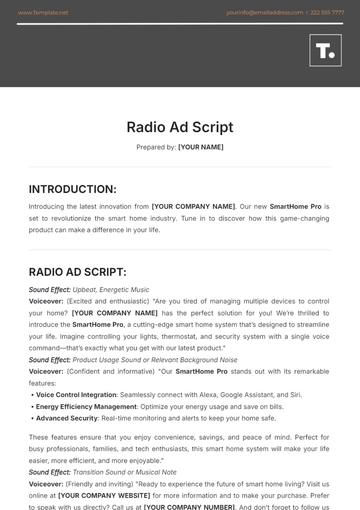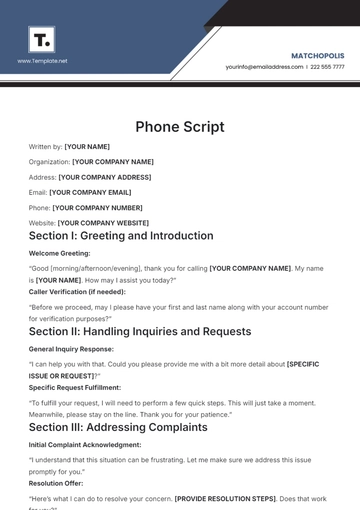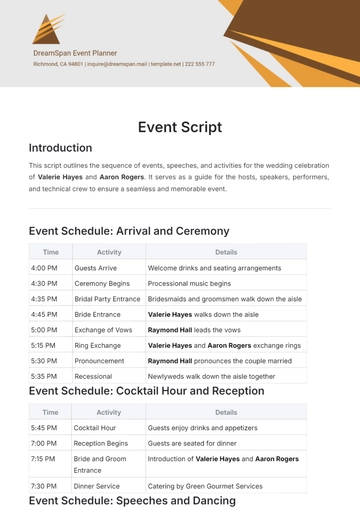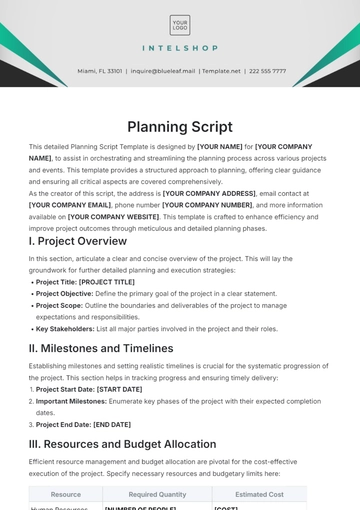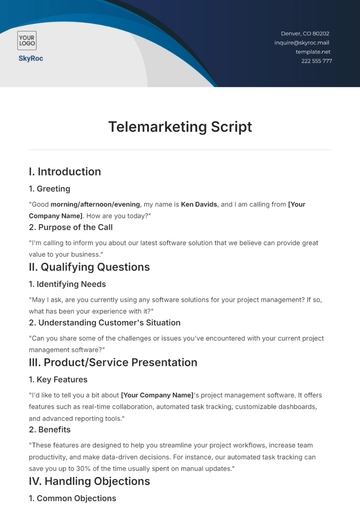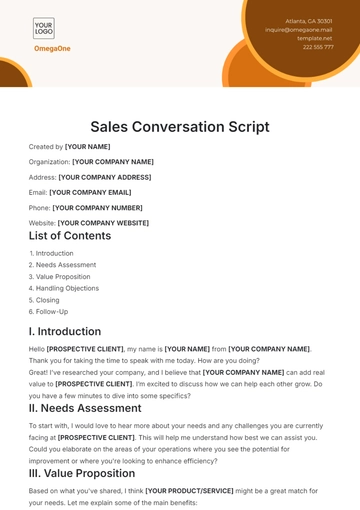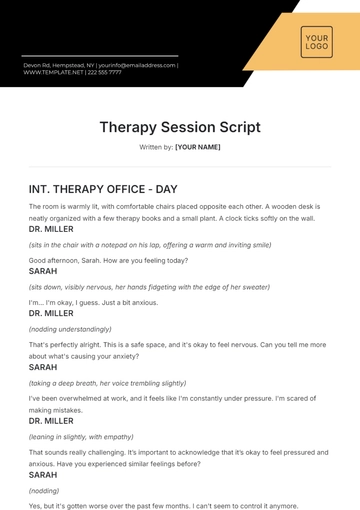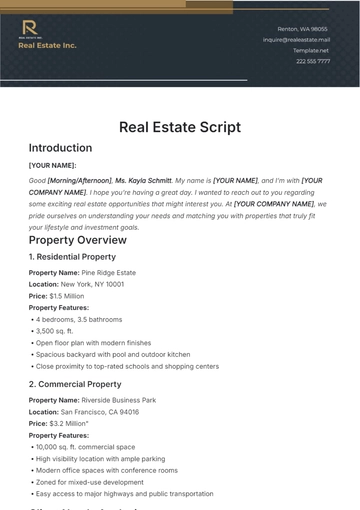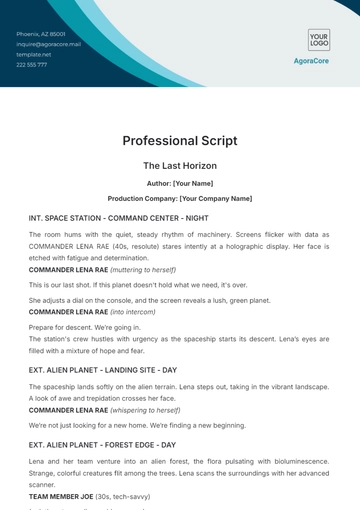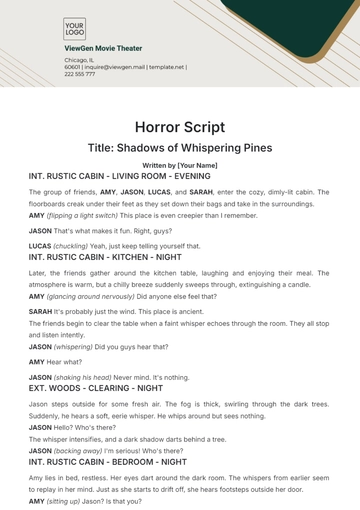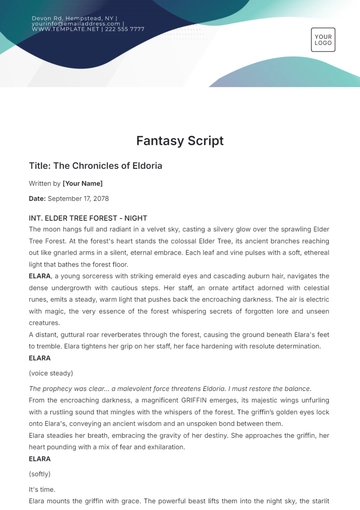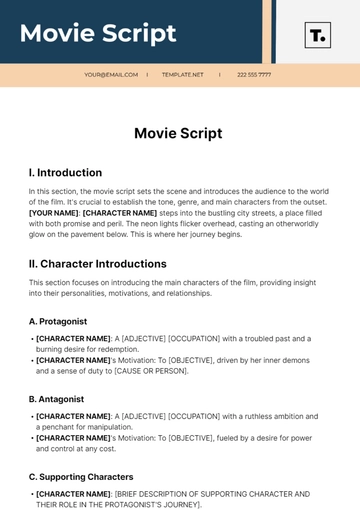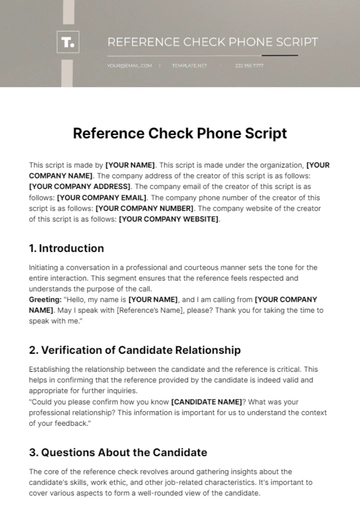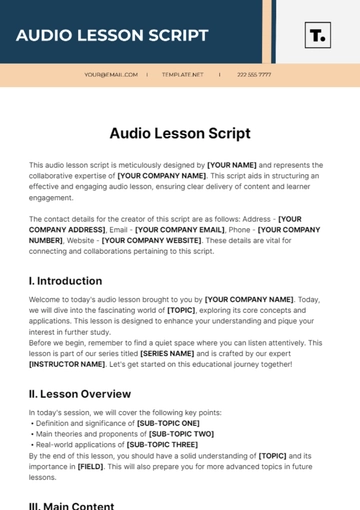Free Professional Film Script
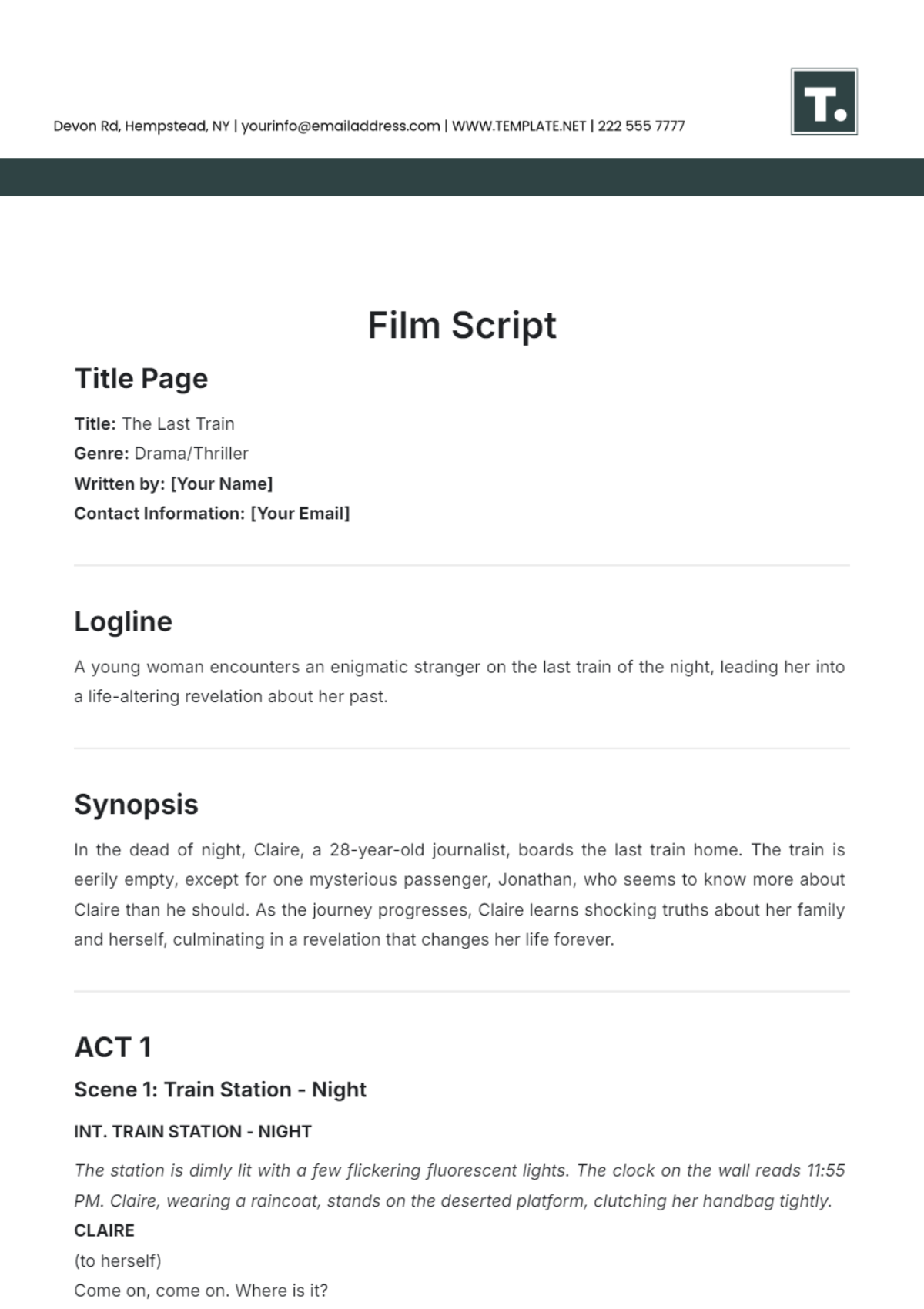
Title Page
Title: The Last Train
Genre: Drama/Thriller
Written by: [Your Name]
Contact Information: [Your Email]
Logline
A young woman encounters an enigmatic stranger on the last train of the night, leading her into a life-altering revelation about her past.
Synopsis
In the dead of night, Claire, a 28-year-old journalist, boards the last train home. The train is eerily empty, except for one mysterious passenger, Jonathan, who seems to know more about Claire than he should. As the journey progresses, Claire learns shocking truths about her family and herself, culminating in a revelation that changes her life forever.
ACT 1
Scene 1: Train Station - Night
INT. TRAIN STATION - NIGHT
The station is dimly lit with a few flickering fluorescent lights. The clock on the wall reads 11:55 PM. Claire, wearing a raincoat, stands on the deserted platform, clutching her handbag tightly.
CLAIRE
(to herself)
Come on, come on. Where is it?
The distant sound of an approaching train is heard. The TRAIN, an old, slightly rusty locomotive, comes into view and screeches to a halt.
Scene 2: Train Interior - Night
INT. TRAIN CAR - NIGHT
Claire enters the train, which is almost empty. The seats are worn, and the lights flicker occasionally. She takes a seat near the window, looking tired but alert.
A moment later, JONATHAN, a man in his early 40s with a mysterious demeanor, enters. He sits across from Claire.
JONATHAN
Is this seat taken?
CLAIRE
(looking up, startled)
No, go ahead.
Jonathan sits down, his eyes never leaving Claire's face. The atmosphere is tense.
ACT 2
Scene 3: Train Car - Night
INT. TRAIN CAR - NIGHT
The train moves smoothly through the night. Claire tries to read a book but is constantly distracted by Jonathan's gaze.
CLAIRE
(trying to break the silence)
Why are you traveling at this hour?
JONATHAN
(smiling enigmatically)
I think you know the answer to that.
Claire is puzzled but remains silent.
CLAIRE
(looking out the window)
It's strange. I’ve never seen you before.
JONATHAN
You’re not supposed to have.
Claire’s expression turns from curiosity to alarm. The train passes by a series of dark, foreboding landscapes.
Scene 4: Flashback - Day
INT. FAMILY HOUSE - DAY (FLASHBACK)
A younger Claire, around 10 years old, plays in a sunlit living room. Her MOTHER, a kind woman in her 30s, watches her with affection.
MOTHER
Come on, sweetheart, time for lunch!
Young Claire runs to her mother, her laughter echoing through the house.
Scene 5: Train Car - Night
INT. TRAIN CAR - NIGHT
Back on the train, Claire’s face is pale. Jonathan pulls out an old photograph from his coat pocket and places it on the table. It shows a younger version of Jonathan with Claire’s mother.
CLAIRE
(eyes wide)
Where did you get that?
JONATHAN
It’s time you knew the truth. Your mother and I were once very close.
Claire’s hand trembles as she picks up the photograph.
ACT 3
Scene 6: Train Car - Night
INT. TRAIN CAR - NIGHT
The train slows down as it approaches a dark, secluded station. Claire looks out, her face a mix of fear and determination.
CLAIRE
What are you saying? That my mother knew you? Why did she never mention you?
JONATHAN
She had her reasons. But now it’s your turn to learn about your real heritage.
Jonathan stands up, ready to leave as the train comes to a halt.
Scene 7: Train Station - Night
INT. TRAIN STATION - NIGHT
Claire steps off the train and looks around the deserted station. Jonathan follows, but as he reaches the platform, he turns and walks away.
CLAIRE
(shouting)
Wait! What’s my heritage? Why did you come to me now?
Jonathan disappears into the shadows, leaving Claire alone. She clutches the photograph tightly and looks up at the sky, deep in thought.
CLAIRE
(whispering to herself)
I need to find out who I really am.
Epilogue
INT. CLAIRE’S APARTMENT - MORNING
Claire is at her desk, surrounded by old family documents and photographs. She’s determined and focused, piecing together her mother’s past.
CLAIRE
(to herself)
This is just the beginning.
The camera zooms out, showing Claire immersed in her research, ready to uncover the truth.
Character Descriptions
Claire (28)
A determined and introspective journalist. Intelligent with a sharp wit. She’s grappling with her past and the recent revelations that challenge her understanding of her identity.
Jonathan (40s)
A mysterious and enigmatic man. Charismatic yet elusive. Holds secrets about Claire’s family and past.
Claire’s Mother (30s, Flashback)
A loving and nurturing figure in Claire’s childhood. Her secrets drive the narrative forward.
Notes
Setting: The story takes place on an old train and a secluded station, emphasizing the isolation and tension.
Tone: Mysterious and dramatic, with moments of introspection and revelation.
Themes: Identity, family secrets, and the search for self-discovery.
- 100% Customizable, free editor
- Access 1 Million+ Templates, photo’s & graphics
- Download or share as a template
- Click and replace photos, graphics, text, backgrounds
- Resize, crop, AI write & more
- Access advanced editor
Enhance your screenplay writing with the Film Script Template offered by Template.net. This customizable, downloadable, and printable template ensures a professional format for your film scripts. Editable in our AI Editor Tool, it provides a clear structure for organizing your scenes and dialogues. Optimize your writing process with this essential, easy-to-use template.






